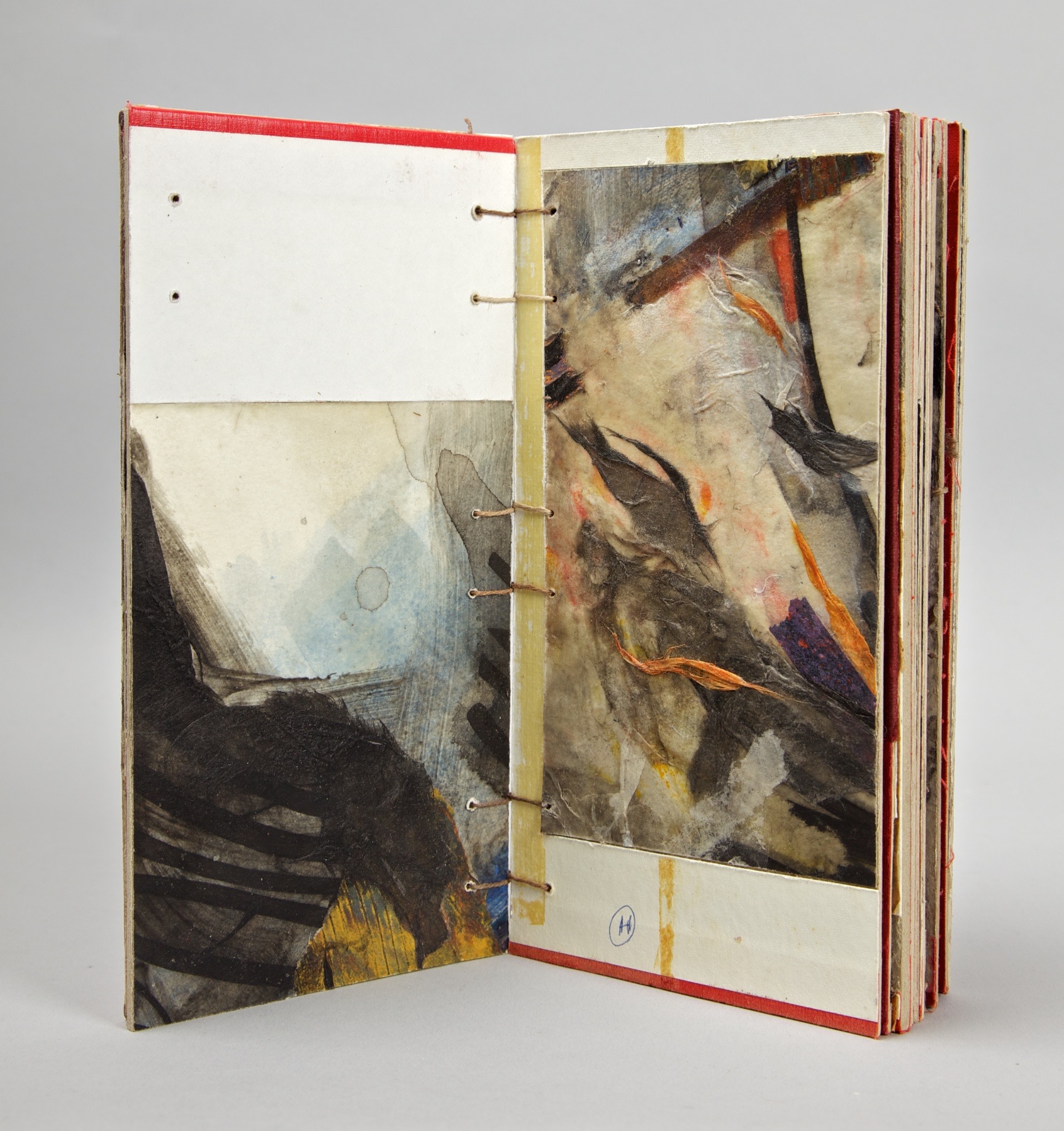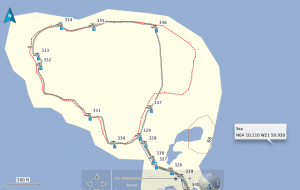BOOK ICELAND _ JUNE 18 – 29, 2018
Application Deadline: February 1, 2018
www.gullkistan.is/book-iceland
It’s a rare visitor who is not touched by Iceland’s natural energies and diverse landscape. It’s this land of extremes that has shaped its people & language, and has inspired this workshop.
Now more than half-filled, but space available for those interested in exploring Iceland’s
landscape for content— for two book structures that you will learn in the class: the drum-leaf binding and a coptic-bound cover book (examples below).
Drumleaf binding book structure
Coptic-bound cover book
The workshop is for artists of all levels interested in exploring the book form and learning
about Iceland, its book culture & history, weather, and diverse landscapes.
For specifics, check out: gullkistan.is/book-iceland
*This will be my fourth trip to Iceland. I recently reviewed some old blog entries with early impressions. Thought you might be interested in what I wrote:
“What a deceptively still place with its vast expansive open spaces—panoramic views of horizontal blue ribbons of sky and sea. I sometimes found it difficult to discern the horizon between the two. And I was struck by how much of the land is barren with minimal traces of human habitation.
Iceland is a small country but full of geological wonders that gave me a glimpse of what the earth might have been like when it was newly formed. Everywhere I looked I saw evidence of the new with it lava beds, glaciers, ice, geysers, craggy scree slopes, natural waterfalls, basaltic columns, black sand beaches and glacial carved rocks jetting out from green grass covered mountains. Surreal. I have experienced few places in the world, like Iceland that offer this unique kind of space. Surprisingly serene on the surface, especially when one realizes that it is a land of the verb with underground rumblings of the wild that can spew out at any time as steam, lava or rock through pockets of the earth.
I met a few Icelanders and if they are representative of the whole, then I am impressed. So much open space, yet their connection to their land is intimate. I saw this in the way that they name their places; names with endings like vatn, foss, vik, and jokull that offer clues about the landscape. Their connection went beyond words, however. I witnessed many who embraced the land with vigor and pride, some easily scrambling up a hillside of scree, hiking on the vast lava fields or up a mountain between 1am and 5 am, or swimming in the ice cold waters of lakes and sea. And I identified most with those who relaxed and socialized in the geothermal heated pools, found throughout the country.”














